Experts say most people already have some level of microplastics in their bodies .
For many people , microplastics and nanoplastics ( flyspeck plastic molecule that come fromlarger and commercial-grade credit card ) are terrify . It seems likenews about theirharmful personal effects come out each week , along with warnings aboutthe chemicals these charge card emit . Athletic wearing , plastictakeout containers and even cutting boardsare just some of the item in our everyday aliveness that take microplastics .
It ’s only natural to desire to limit your exposure to these products , especially since the inauspicious reality is that most masses have some story of microplastic in their organization , according toJamie Alan , associate professor in the section of pharmacology and toxicology at Michigan State University . inquiry is being conducted to understand the full effect of microplastics , but they ’ve been foundin the plaquein our arteries , inplacentas , in ourbloodand more .

Studies have also lookedat the effect that microplastics have on our cell and organoids , Alan told HuffPost . Research record that when microplastics get into our cells it can lead to cell destruction , she said . Additionally , they can attack our deoxyribonucleic acid and get undesirable desoxyribonucleic acid changes , Alan explain .
“ you’re able to get a [ DNA ] change that causes zero effects , but you’re able to get a variety that can cause force , ” Alan said . This sounds shuddery ― and itisscary ― but it does n’t think you should totally panic . Our body is trained to handle these kind of change , she noted . However , therecanbe adverse effects — mostnotably cancer and birth rate issues .
All in all , this is manifestly very concerning , especially given the sheer preponderance of microplastics . While you ca n’t totally annul them — they ’re in our air and in our water , too — you could make some choices that limit your interactions with microplastics . Here ’s what experts say you’re able to do :
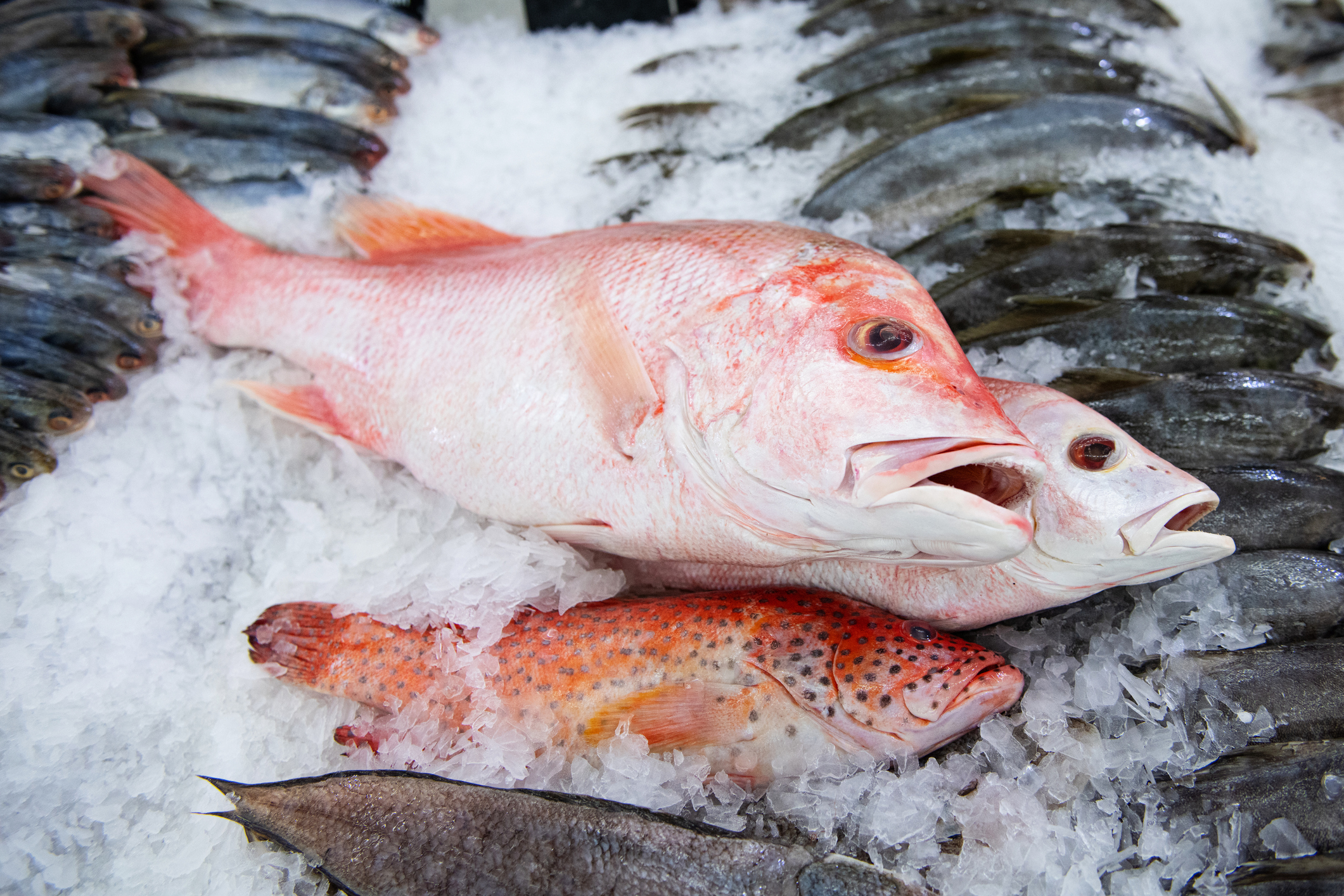
Watch how much ocean-caught fish you’re eating.
Microplastics often do from food , Alan said . “ If you remember about fish and things like that , there ’s a lot of microplastics in our oceans , and the fish are eating these , and when we ware the fish , we ’re consuming microplastics from them , ” Alan said .
What ’s more , microplastics are think to becarriers of hard metalsand other component . “ And we worry about mercury and things like that in fish , ” butelements such as chlorinehave also been found in microplastics , Alan pronounce .
As a result , reducing the amount of sea - caught Pisces you eat can lessen the amount of microplastics you consume this elbow room , along with other chemicals you likely do n’t want in your system of rules , she note .
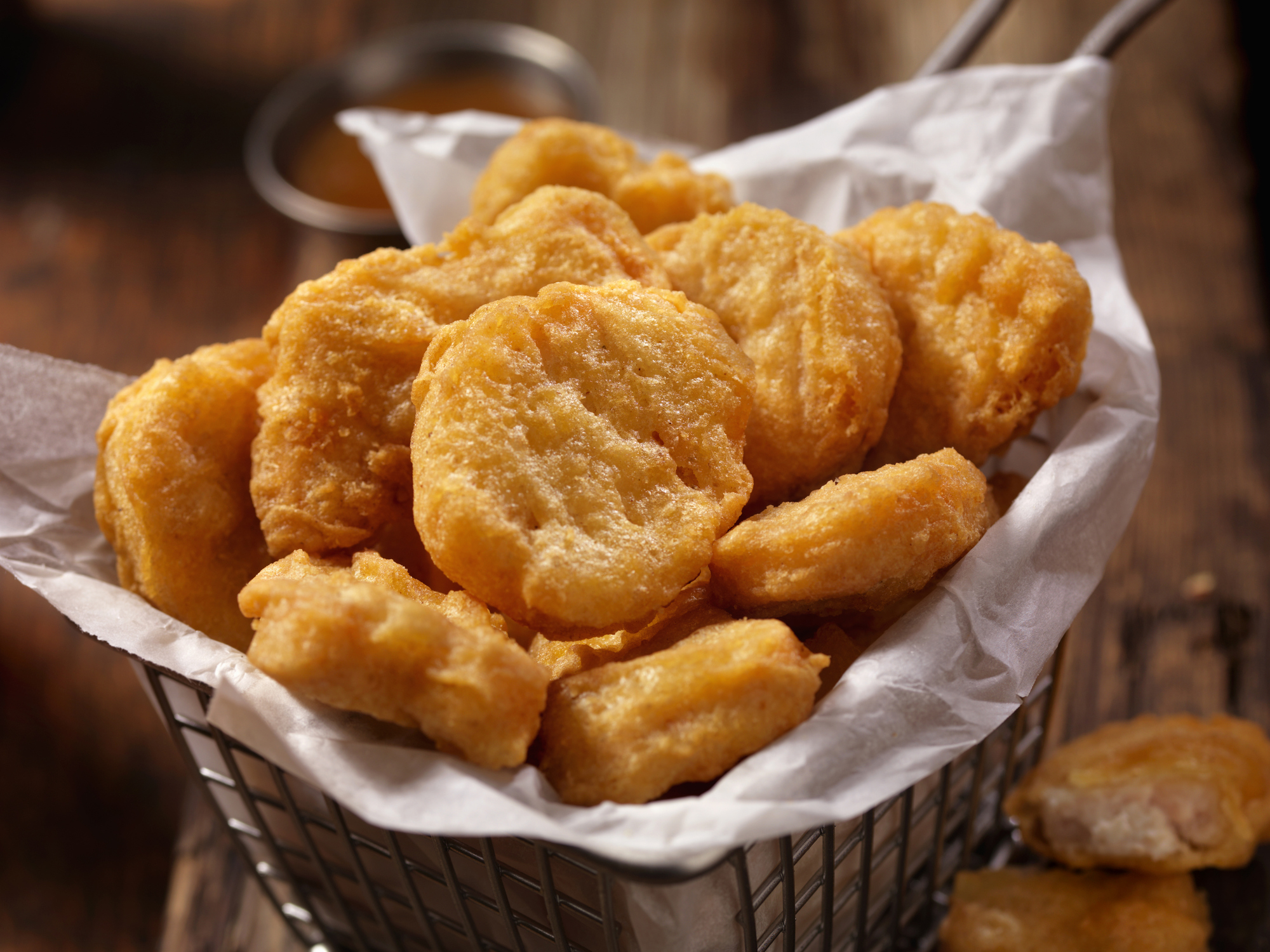
But know that seafood isn’t the only food culprit.
Shrimp and wild fishare known to arrest high sum of microplastics , but foods likechicken nugget , works - based nuggets , sirloin steak and other non - seafood protein also contain microplastics .
If this feels like a mislay - lose situation , you are n’t wrong . We ’re told to eat up fish and watch over a Mediterranean dieting for the sake of our health , but the Pisces at the center of such a dieting can be full of microplastics . Sigh .
So what can you do ? Alan said you may be mindful of the nutrient you ’re eating and be cognisant of the items that are sleep together to contain gamey sum of microplastics than others .

Though microplastics are prevalent in a lot of our intellectual nourishment , wimp breast , pork lumbus chop and tofuhave less .
Consider your clothing materials.
A major source of nanoplastics in our waterways and airways is our clothing , according toKizzy Charles - Guzman , CEO of the Center for Environmental Health , who added that “ about 70 % of all our clothing is made from formative materials . ”
This includes nylon , polyester , acrylic and synthetic fibre — anything that is not a natural fiber like wool , cotton fiber and linen , she say .
“ When these textiles are manufactured , when you wash them in your washables , when you wear them , when you dry out them , they are exhaust tiny fictile fibers into the H2O and into the air travel , ” Charles - Guzman explain .
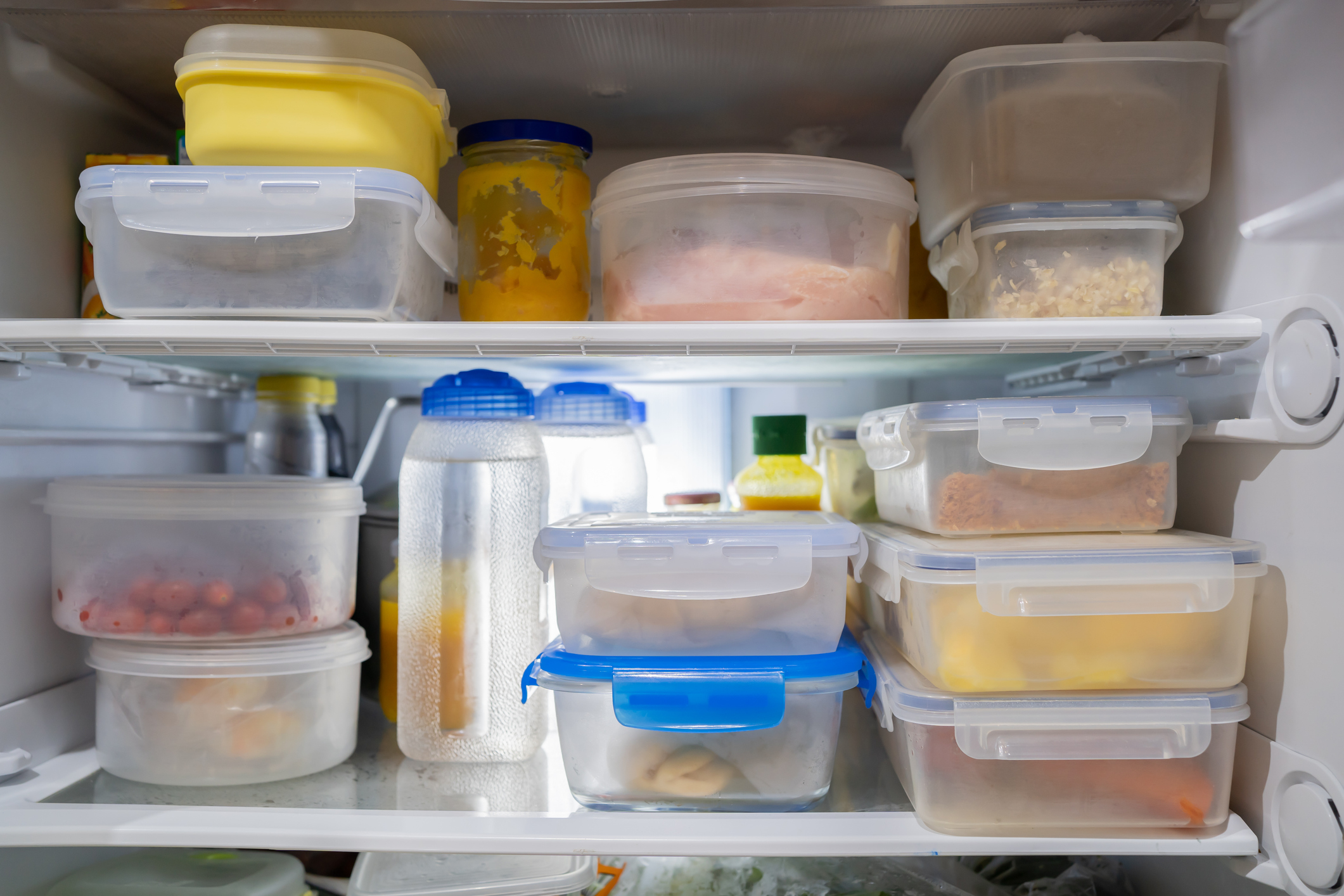
“ So clothing , bedding , any other cloth that are not lifelike stuff , they throw off microplastics in fiber chassis , ” she said . “ And then they ’re just deport off into the environs … either by air or water . ”
These microplastics are too small to be filtrate in wastewater treatment industrial plant , so they terminate up in our waterways , she observe .
“ The reason this is authoritative is that that ’s why you ’re seeing [ microplastics ] in almost everything that we eat and drink , ” such as fish and dab water , said Charles - Guzman .
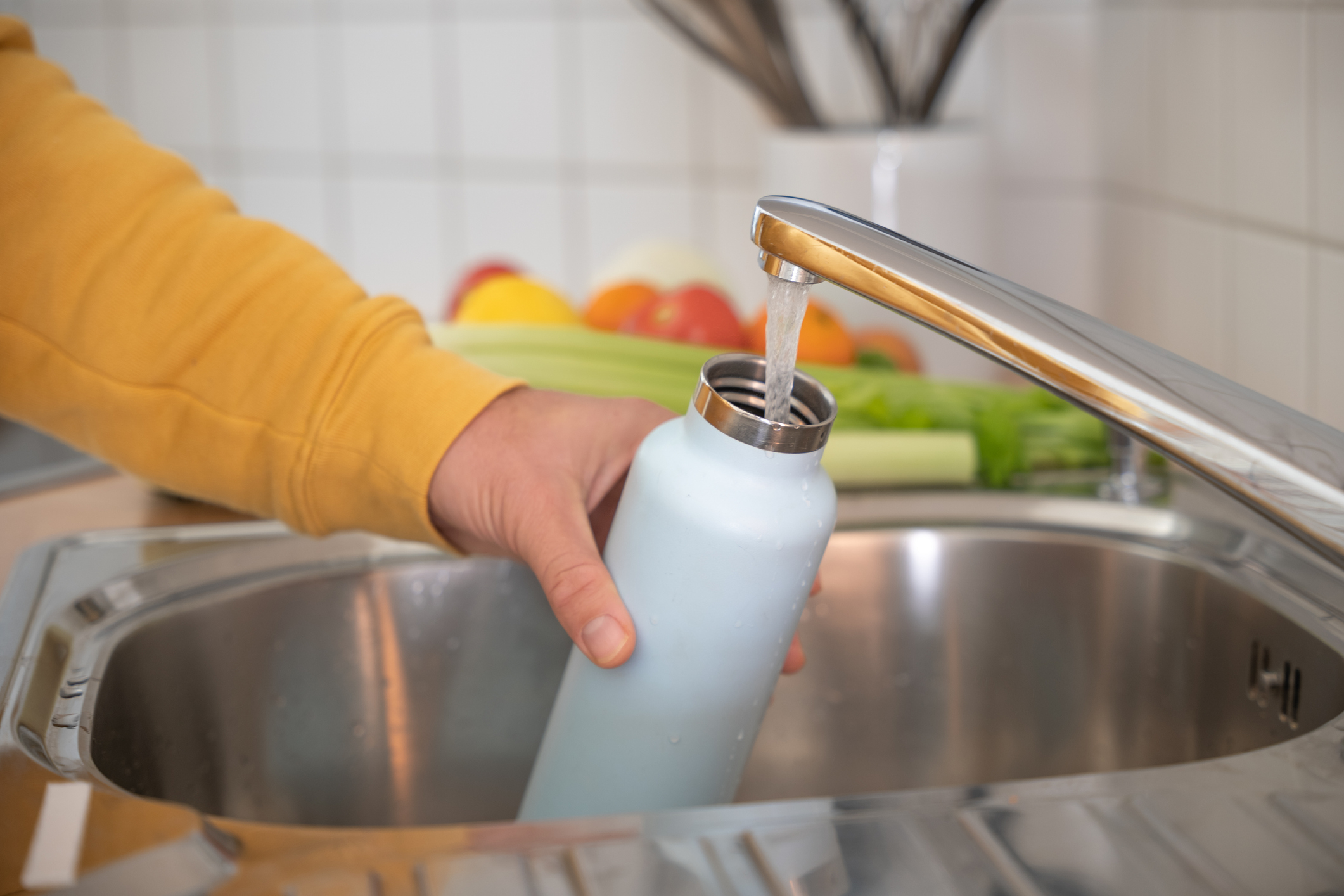
“ To limit our exposure … it ’s consumer choice . So , selecting natural material whenever we can — cotton , linen , woolen — those are really the best products for reducing pliant microfiber pollution , ” she said .
It ’s deserving noting that polyester portmanteau ― when compare to fabrics like wool ― are often more low-priced , make this an impossible choice for many people . ( Although thrifting can be a good option , Charles - Guzman observe . )
Rethink your plastic food storage containers.
“ nutrient container and takeout food is a big one , ” Alan said . “ It goes in these plastic containers a lot of the time , and those moldable container can percolate out nanoplastics into our food . ”
Then , when you eat your meal , you ’re putting those microplastics in your organisation , she aver . Microwaving these plastic containers is peculiarly harmful because they turn even more microplasticswhen inflame up .
“ If you may get a newspaper nutrient container or something non - plastic , that ’s great , ” Alan said . “ And that ’s another way of life you’re able to reduce your intake of these plastics . ”
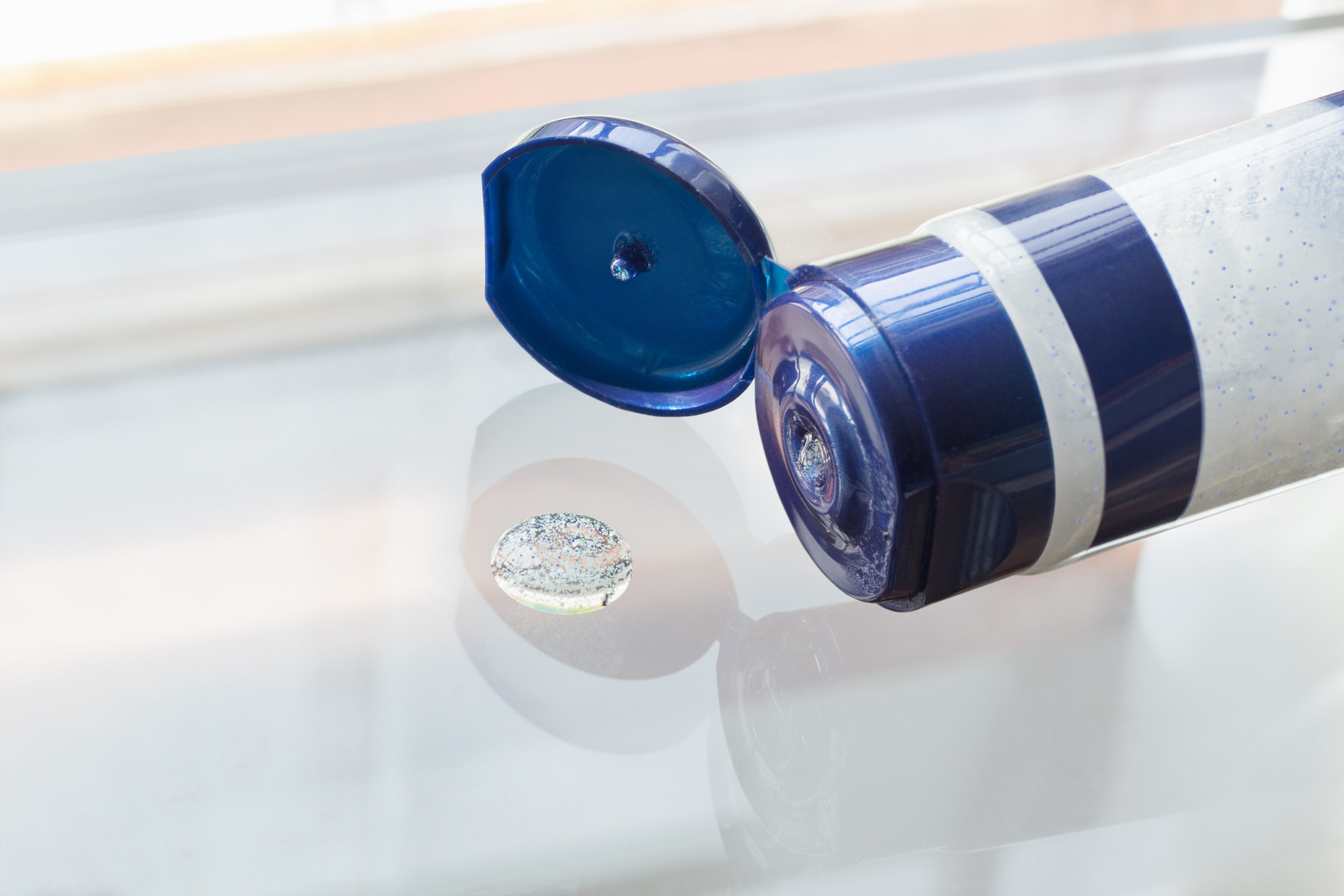
you’re able to also prefer for glass containers , which are readily available online and at most plate retail storehouse .
Choose reusable water bottles when possible.
It ’s well - known thatplastic water bottlesare uncollectible for the surround . Even more , they are a source of the microplastics , Alan said . To obviate the microplastics , simply swop to metal or glass reusablewater bottles .
When it comes to the microplastics in our dab water , young research suggeststhat roil your tap piddle can reduce the amount of microplastics you ’re consume , too .
Pay attention to microbeads in personal care items.
Plastic microbeads , which are associated with personal care products includingbody scrubsand toothpaste , are another item you should strain to avoid , harmonise to Charles - Guzman . These petite plastic beads used as scrubs or exfoliants are too small to be filtered out in wastewater treatment plans , “ so they end up in our lakes and rivers and oceans and all of that , ” Charles - Guzman said . From there , the microplastics get circulate in our seafood , drinking piss and more .
While theMicrobead - Free Waters Act of 2015prohibits the usance of plastic microbeads in rinsing - off cosmetic , such as soaps , microbeads are not banned in all self - tending product , she sound out .
“ It ’s important to note that [ the act]does not let in microbeads found in deodorant , lotions or other non - cleansing cosmetic products , ” said Charles - Guzman . “ We hope the scope of the statute expands to ban microbeads in more consumer product . ”
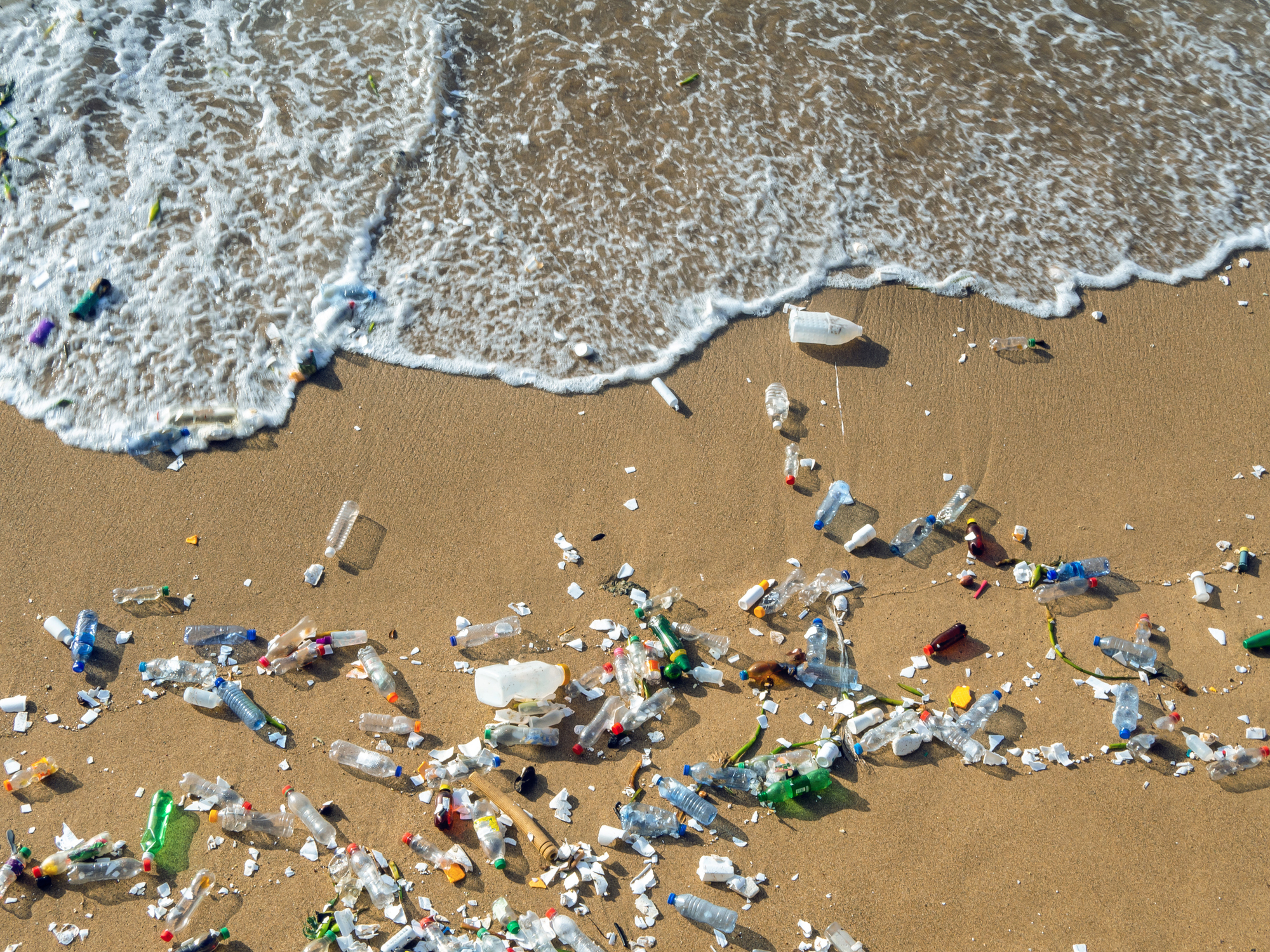
Look at Cartesian product labels to determine if what you ’re purchase contains microbeads and opt for merchandise that do n’t , she said .
Show your support for those who are working to combat microplastics.
The trueness is that this work should not all descend onto the consumer ’s shoulders — and , in reality , there is only so much you may do to control microplastics .
“ The main thing that need to happen , and this is the boring answer … it ’s a systemic variety , ” say Charles - Guzman . “ What we ask to do is authorities and companies require to work together to stop the pollution and reformulate by from harmful chemicals . ”
Though the action above can determine your own microplastic use and commit messages to corporations about the types of products folk desire to buy , more modification is necessary .
“ We all can act as a role , but also … there is a systemic change here that needs to be made , and we are the one that need to be need for that alteration to be made , ” she contribute .
How ? you may vote for interpreter who need to protect public wellness , and you may use your dollar to show reinforcement for companies that give safe alternatives to shoppers , she said .
This can mean purchasing from stain that deal 100 % cotton fiber shirts as opposed to stores that sell polyester alternatives . Or it can mean bringing your reusable visage to your local coffee shop for your coffee order or else of using one of their plastic cups .
Additionally , know that there are corporations doing the work to make federal and local change when it amount to microplastic enjoyment , say Charles - Guzman . you may consider mother involved with organizations like theCenter for Environmental Health(Charles - Guzman ’s organization ) , thePlastic Soup Foundationor theEnvironmental Working Groupto push the causal agency along . These organizationsalsohave resourcesthat can help you determine if the products you ’re using are safe .
This clause originally appeared onHuffPost .